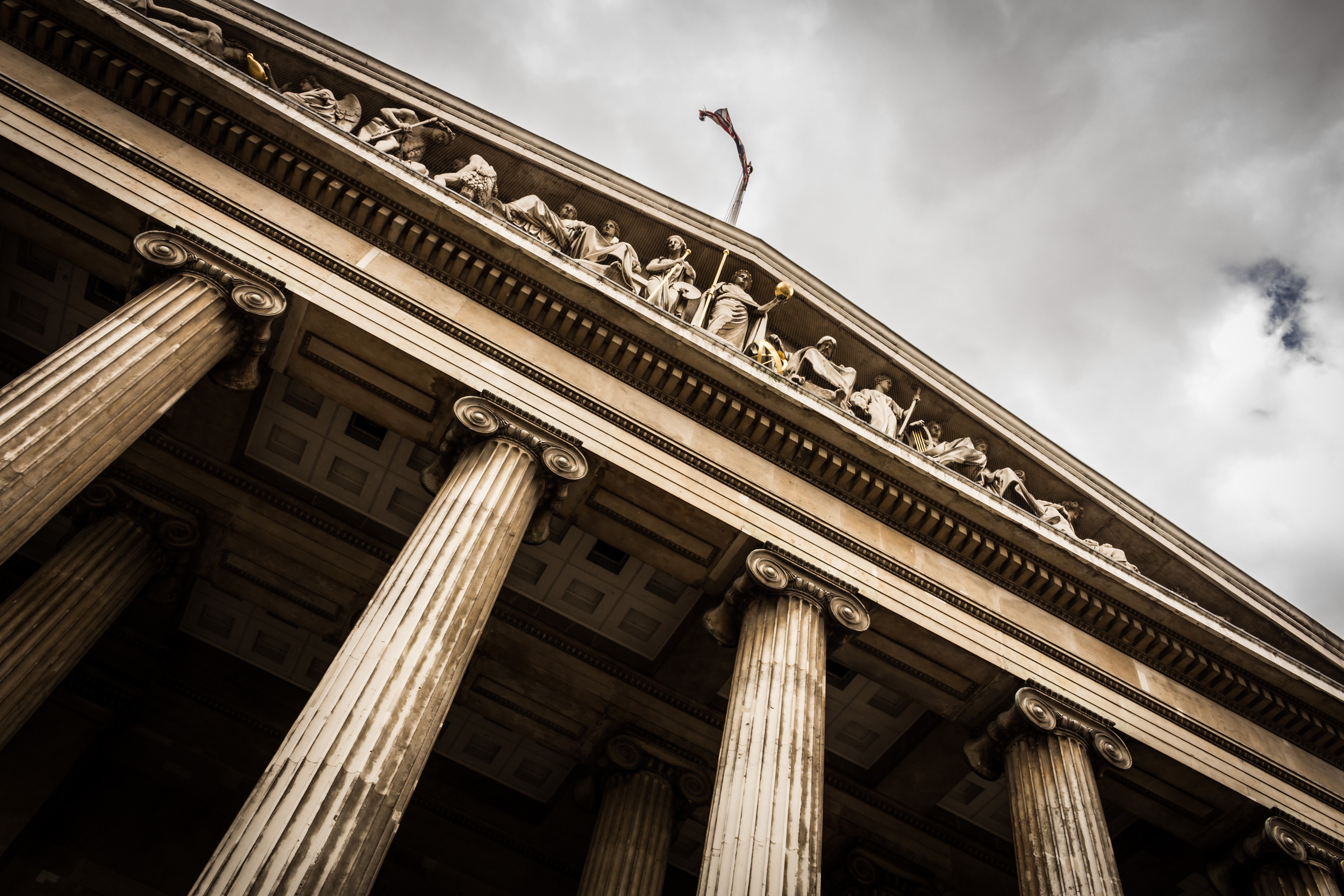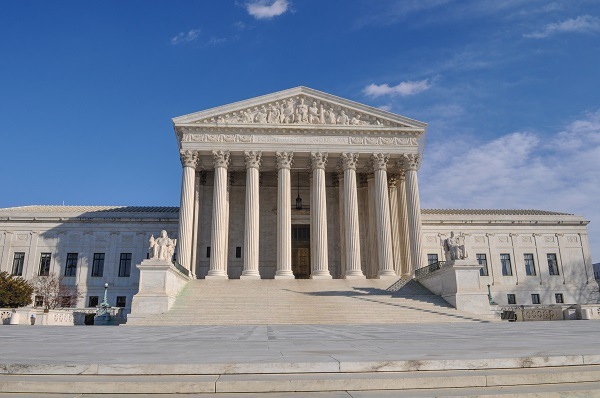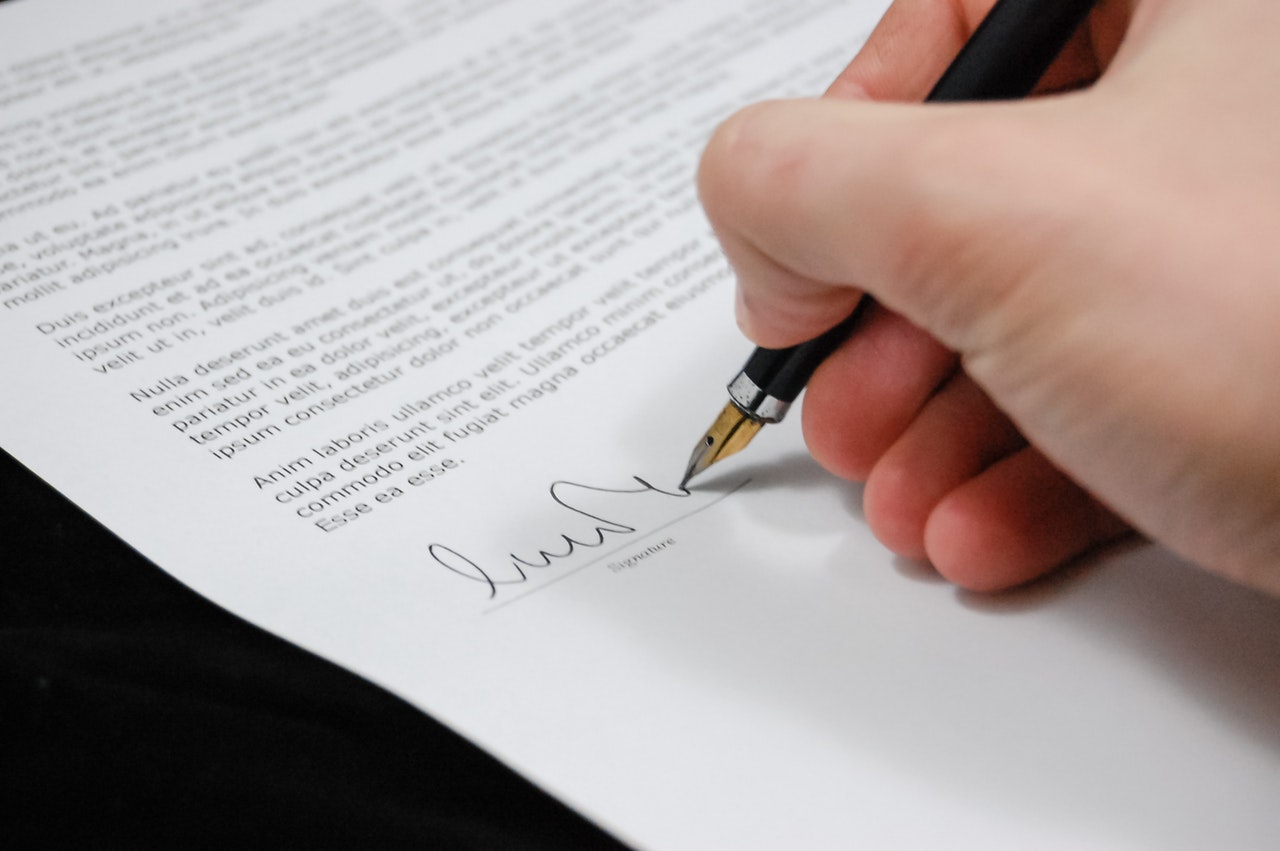California’s new COVID-19 supplemental paid sick leave law, SB 114 (SB 114 Employment: COVID-19: supplemental paid sick leave), takes effect on February 19, 2022 and is retroactive to January 1, 2022. Among other requirements, employers need to update their leave policy, post a notice about SB 114 (the California Labor Commissioner will develop a model notice by February 26, 2022), and implement COVID-19 paid sick leave use reporting on paystubs. Note that the legislature may vote to extend SB 114 past September 30, 2022, when the law expires. There are no direct tax credits specifically for SPSL.
Similarities to SB 95
SB 95, which expired last September, covered issues similar to SB 114. SB 114 also applies to companies with more than 25 employees and provides up to 80 hours of COVID-19 paid sick leave for full-time employees. Employers use the same process described in SB 95 to calculate the amount of eligible leave for employees working part-time or with variable schedules. SB 114 caps the amount of leave employers are required to pay at $511 per day or $5,110 In the aggregate. Employees may make an oral or written request for retroactive payments.
Differences from SB 95
Paystub Requirements
Rather than perform complicated calculations for each pay period as required under SB 95, SB 114 only requires employers to list the amount of paid sick leave the employee used through the applicable pay period.
Exclusion Pay
Under Cal/OSHA’s COVID-19 Prevention Emergency Temporary Standards, employees excluded from the workplace for specific reasons related to COVID-19 are entitled to “exclusion pay.” Under SB 114, an employee’s entitlement to paid sick leave will be unaffected by the amount of exclusion pay they receive.
Leave Under SB 114
SB 114 breaks the 80-hour allotment of COVID-19 paid sick leave for full-time employees into two segments of up to 40 hours each. In general, the first segment is designed for issues related to COVID-19 symptoms and vaccines, and the second segment is related to positive COVID-19 tests.
For the first segment, examples of issues related to COVID-19 symptoms and vaccines include requirements for the employee or a family member the employee cares for to be under quarantine or isolation; appointments for the COVID-19 vaccine or booster for the employee or a family member; and care the employee must provide for a child whose school or place of care is closed because of COVID-19.
Hours for second segment are used if the employee or a family member the employee cares for tests positive for COVID-19. The employer may require proof of a positive test in either case. If the employee refuses to provide such documentation, the employer is not obligated to provide the COVID-19 paid sick leave.
Employers should make sure they understand the rules and requirements of SB 114 and follow up with their employment attorney if they have questions.
We will provide updates on any new guidance on SB 114 as they develop.




